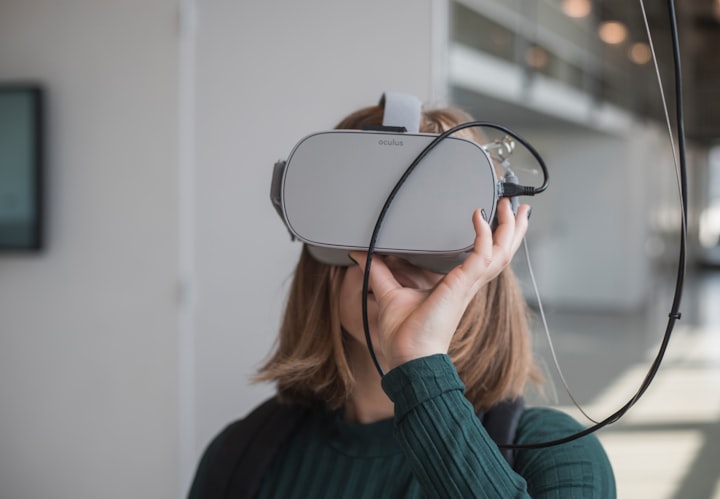Virtual Reality Basics: What You Need To Know Before You Start
Know About New Tech

Virtual reality (VR) technology has been around for a while, but its growth is expected to hit the mainstream by 2018. Today, the most common way to experience VR is through the use of headsets like the Oculus Rift or Google Cardboard. However, the future of VR is not limited to just headsets and games. Virtual reality (VR) technology is being explored as a way to augment reality, improve education, help people recover from illnesses and injuries, create immersive environments, and much more.
So, what exactly is virtual reality and why is it becoming so popular? VR technology merges the digital and physical worlds to allow users to feel as though they are part of a simulated environment. In the digital world, this is achieved by wearing a headset that displays 3-D images that correspond to real-life objects. In the physical world, this is done by using motion tracking sensors that track the user’s movements. The combination of these two worlds creates the illusion that the user is physically present in a completely different space.
How Does VR Work?
In order to understand how virtual reality works, we first need to look at how our brains process information. Our brains are made up of two halves – the left and the right. Each half processes information independently. The brain is divided into two hemispheres that process sensory information and each hemisphere process the information in a slightly different way. For example, the right hemisphere is generally considered to be the “creative” side of the brain and processes information using the right hemisphere. Information that the right hemisphere receives is often processed as a metaphor, meaning that it is understood as something else than what it actually is.
If we were to take advantage of this and put virtual reality to work, we would need to take the creative side of the brain and connect it to the physical side of the brain. By doing this, we would be able to experience the world through the lens of the right hemisphere. So, virtual reality would create the feeling that you are experiencing something in the physical world.
Virtual Reality Technology vs. Augmented Reality
Virtual reality has been around for a while, but augmented reality has been catching up in popularity. It is possible to combine the two technologies to create an experience that is both virtual and augmented. However, VR is better at simulating a physical environment, and augmented reality is better at enhancing the physical world.
For example, a game that uses VR technology would be able to place you inside a room and have you walk around while your actions are displayed in a 3-D format. This would give you the sense that you were walking through the room. The same concept could be applied to a game that used augmented reality. If the game was designed to be played within a specific space, you could be wearing a head-mounted display that would overlay a 3-D image of a certain space onto your view of the real world.
Virtual Reality Applications
In the past, people thought of virtual reality as a game-playing device, but technology has evolved beyond that. Virtual reality has already been used to create virtual classrooms that allow students to see the inside of buildings or spaces that they cannot physically access. The technology has also been used in the medical field to help doctors and surgeons practice surgeries on a patient. The technology has also been used to help people who have suffered from mental illness and post-traumatic stress disorder.
Hope you like our information. If you want to know more about the topic fill free to comment to me. I will help you as soon as I can.





Comments
There are no comments for this story
Be the first to respond and start the conversation.